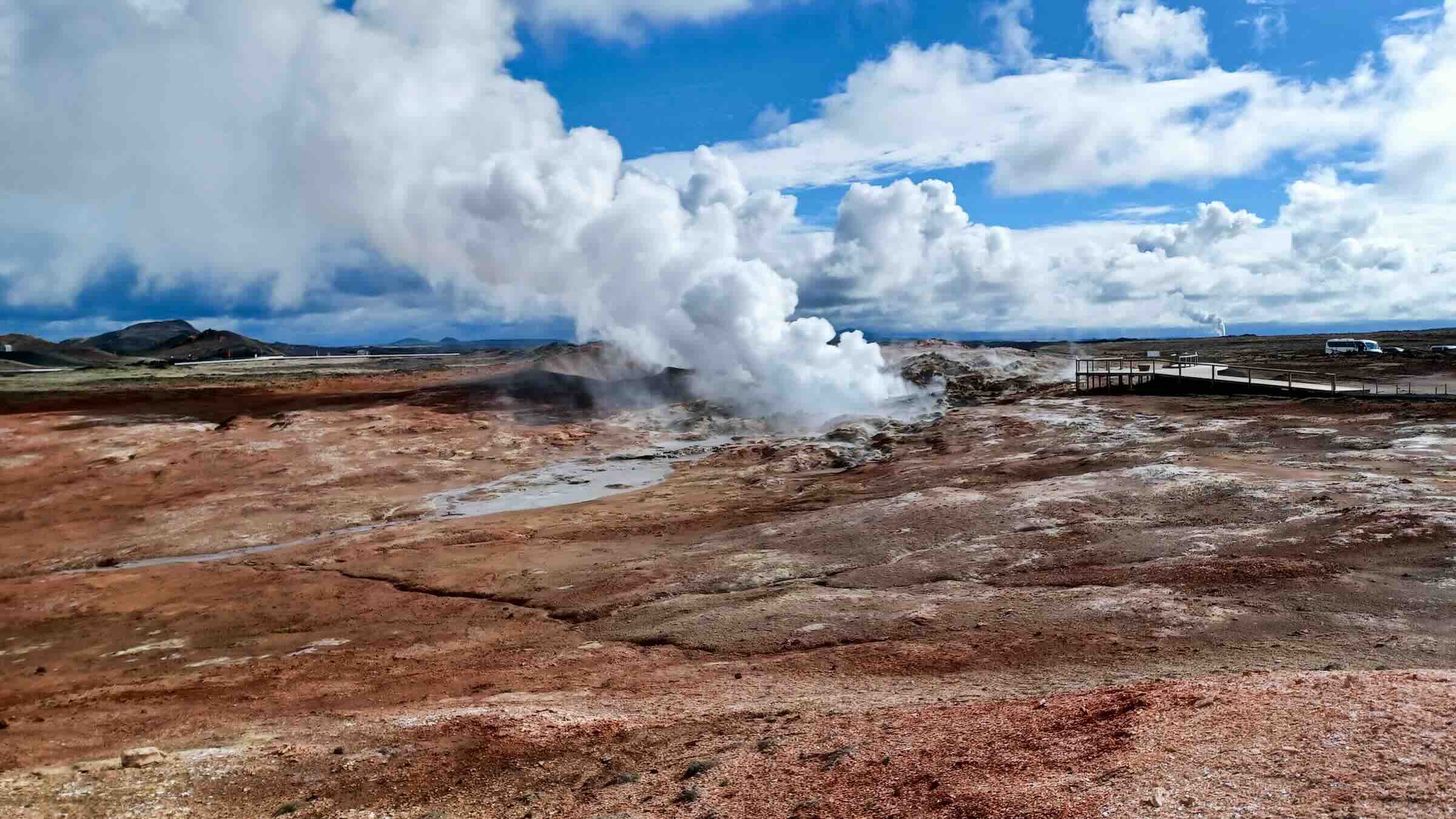Student Scientists Make the Most of Research Trip to Iceland
The island nation of Iceland isn’t much larger than the state of Kentucky, but its glaciers and volcanoes and its government’s progressive thinking about combating climate change make it an ideal venue for a wide variety of scientific studies. In May, following six weeks of classroom preparation, 16 Vassar students and two members of the faculty spent about two weeks in Iceland conducting research ranging from birds’ effect on the makeup of the soils to the power of melting glaciers to move large boulders. They also learned how the country has converted its power grid to all-renewable energy sources.
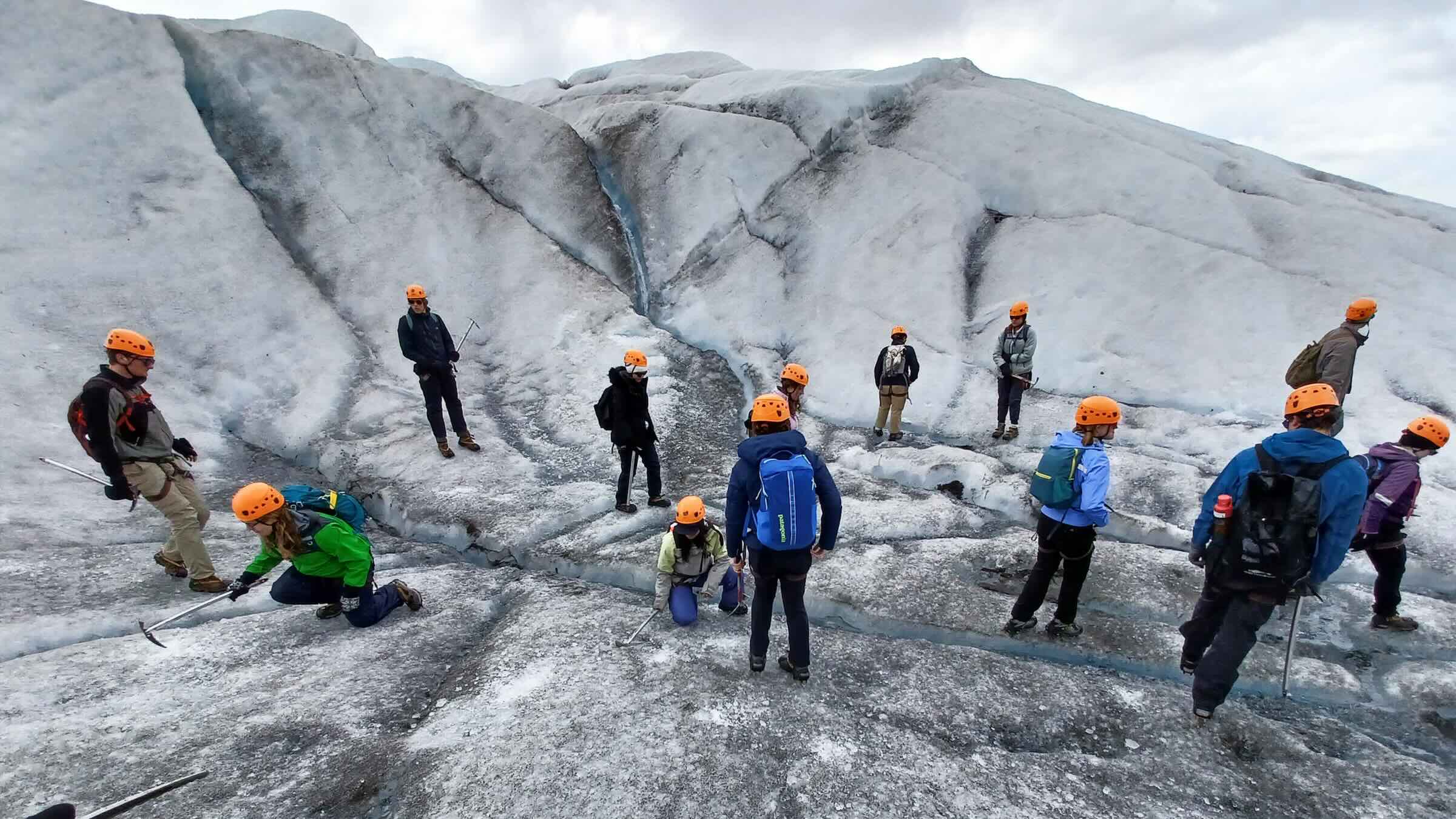
Kirsten Menking, Professor of Earth Science on the Althea Ward Clark Chair and Chair of Earth Science and Geography, said the students who took the trip had a variety of academic backgrounds. “Our research required expertise in many branches of science, so we had students majoring in chemistry, biology, environmental studies, earth science, cognitive science, and others,” Menking said.
Alison Keimowitz, Associate Professor of Chemistry and Director of Environmental Studies, said she enjoyed watching the students trade their expertise with each other as they conducted their field research. “It was really fun to watch the students working together,” Keimowitz said. “Each of them had something to contribute, and they brought out the best in each other.”
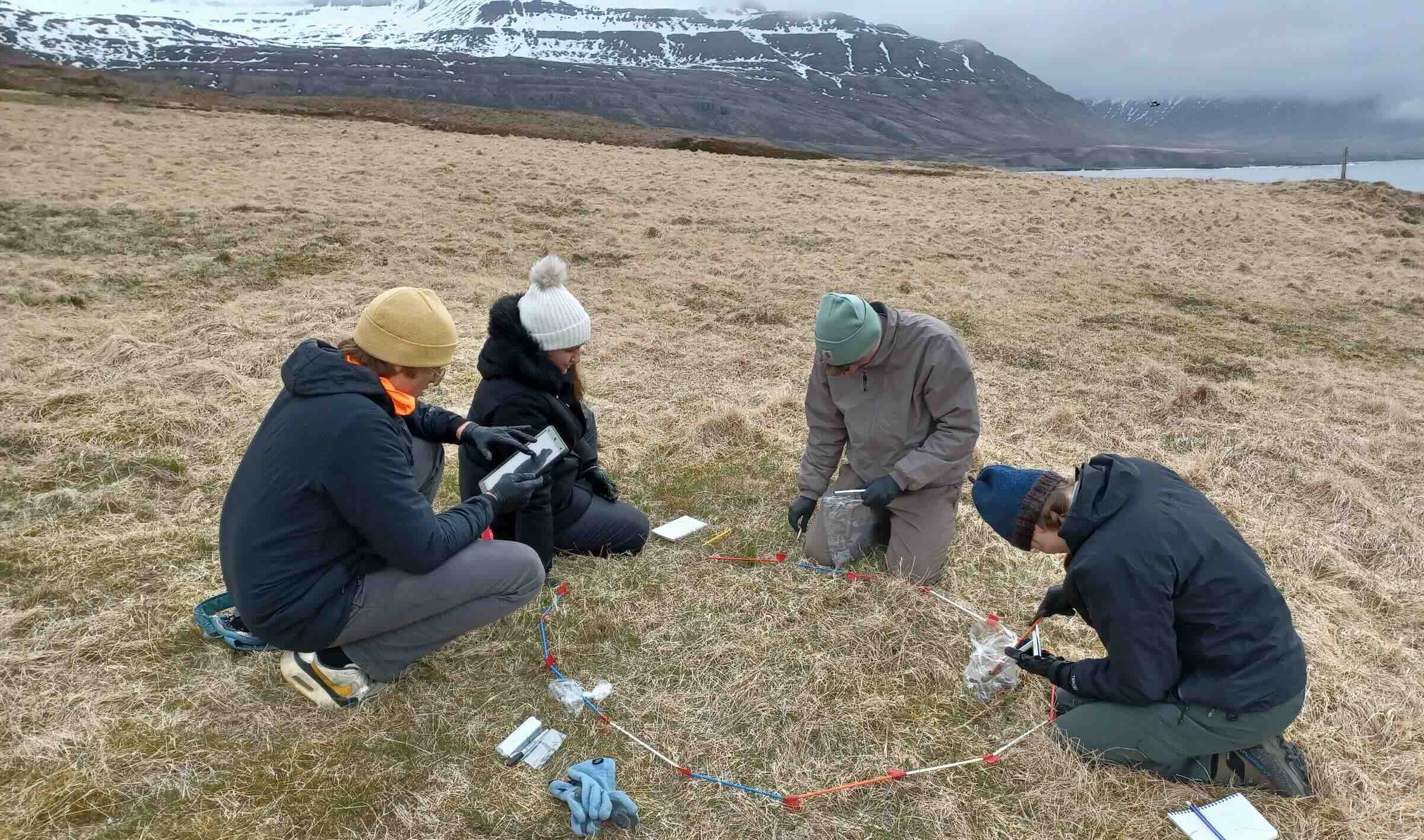
One of the group’s first tasks was to study the effects of the proliferation of an invasive plant called lupine, which the government encouraged to be planted many years ago to replenish the soil. “We studied some areas where lupine was plentiful and others where there was none and compared the nitrogen content of the soil,” she explained.
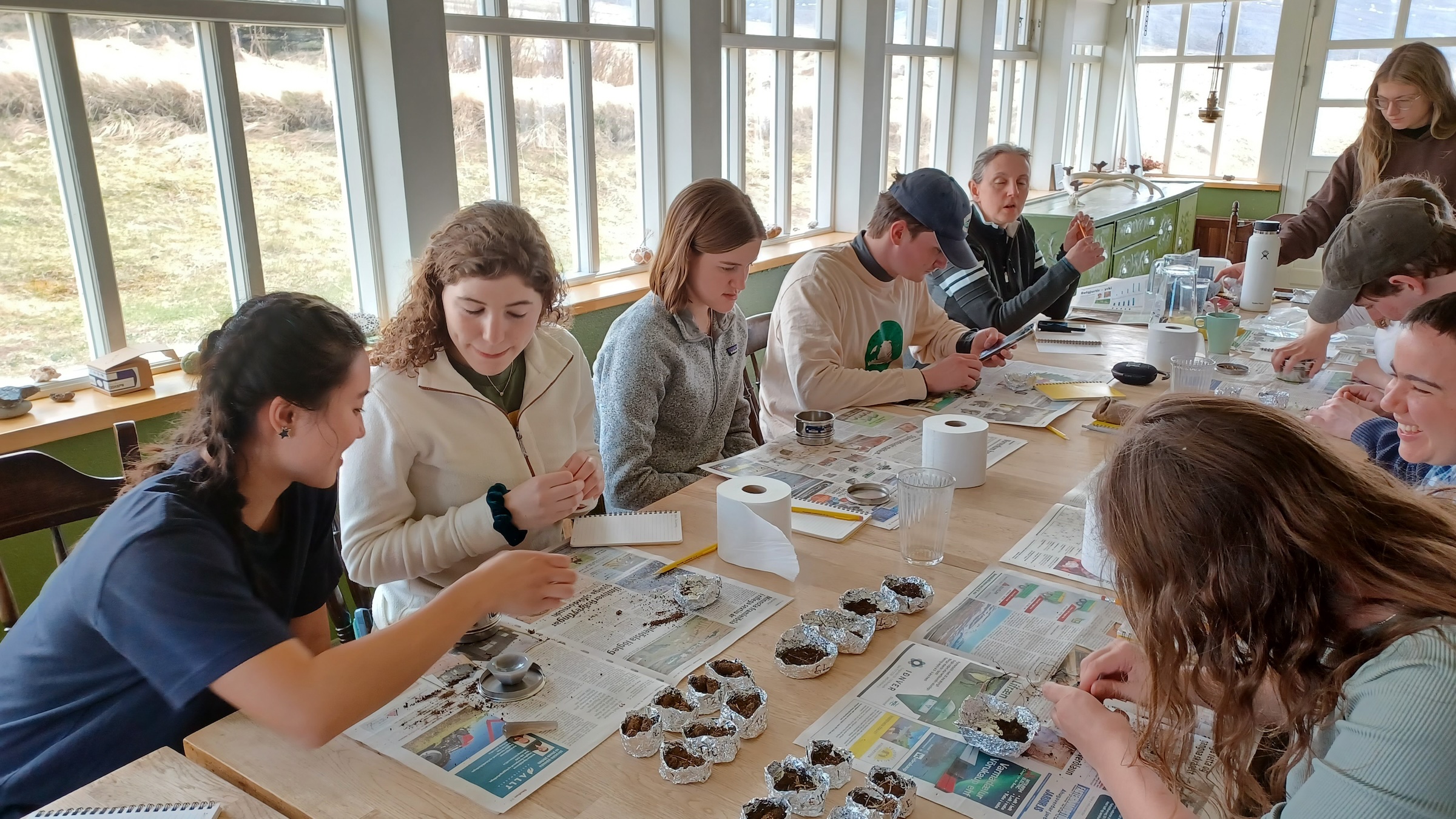
Sophia Lynch ’25, a chemistry major from Dryden, NY, said she used her background in that discipline to analyze the soil in the lupine study and also in another project that examined the impacts of the presence of eider ducks and arctic terns on the soils where these birds lay their eggs. “We wanted to find out how their nesting, feeding, and feces affected the land,” Lynch explained.
Lynch said she was also involved in a “paleo-flood” study that involved calculating the speed and volume of water generated by melting glaciers by examining the size of boulders that had been moved by the rushing waters. “We studied the effects of melting glaciers on the geology of the island and how global warming is accelerating this melting,” she said.
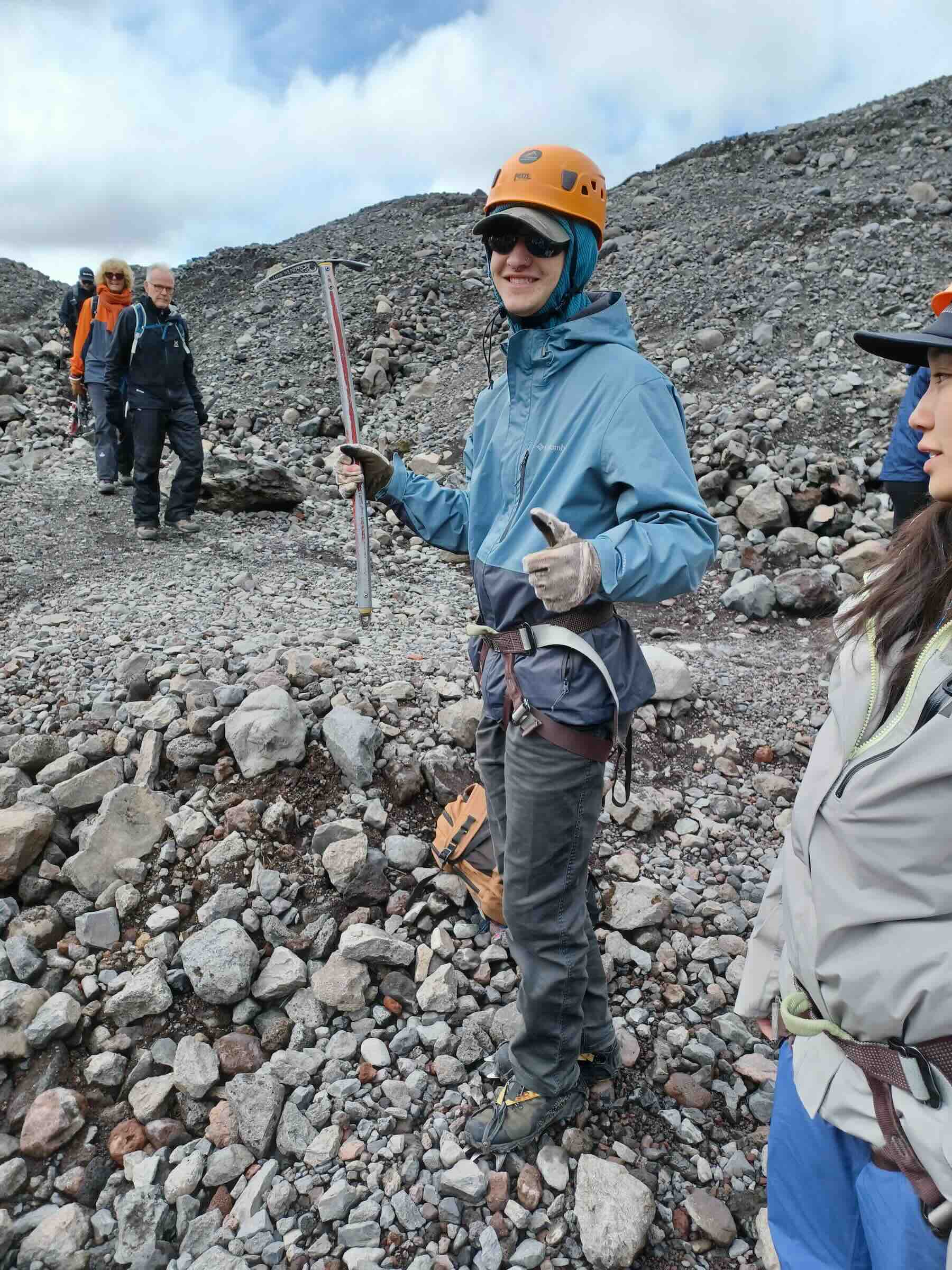
Leo Rothstein ’25, an environmental studies major from Boulder, CO, said his work centered on the study of large greenhouses powered by geothermal energy that enables farmers to grow an increasing amount of food for the country. “The paper I wrote for the course was about the advancement of geothermal technology that helps Iceland to grow most of its own food,” Rothstein said.
Later in the trip, the group arranged a visited to the Carbfix geothermal power plant where scientists are developing technology to capture carbon from the plant’s emissions and from the air, a key method of combating global warning.
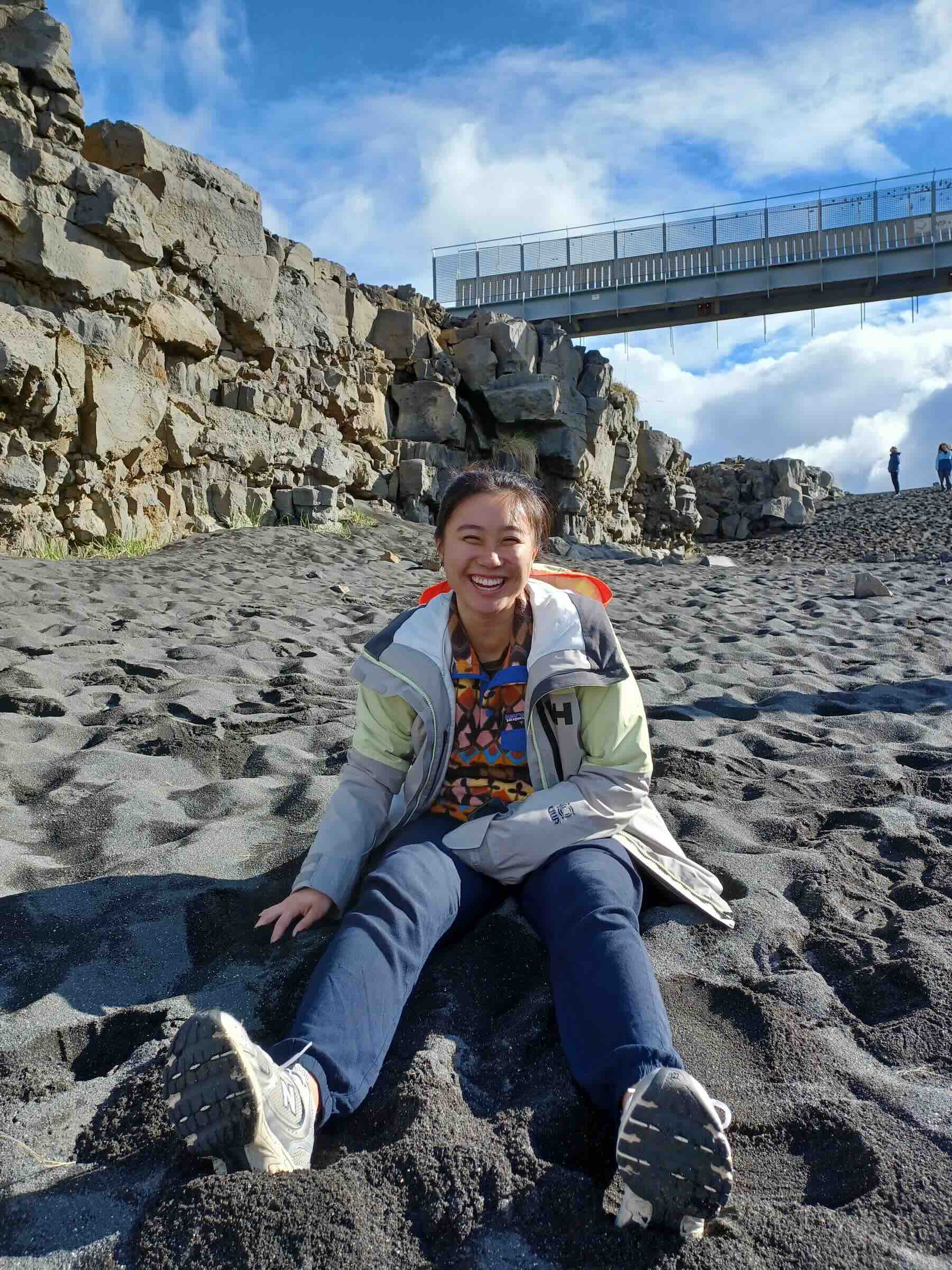
Both Rothstein and Lynch said their experience in Iceland had helped them envision their post-Vassar careers. “I’ve always been interested in doing fieldwork,” Rothstein said, “but this trip has definitely reinforced that goal. I want to continue to study sustainable agriculture.”
Lynch said the trip had helped her gain a better understanding of the importance of collaboration in scientific endeavors. “I had lots of lab experience and helped other students with that part of the research, and other students had experience in other fields that helped me understand our work better,” she said. “The trip made me realize I want to concentrate on the study of global warming, studying ‘green chemistry’ in graduate school.”
The students finished the trip by planting some pine trees to thank the country for its hospitality, and Iceland returned the favor by treating the Vassar group to some fireworks—a volcanic eruption of a fissure on the Sundhnúkur Crater—as they were heading to the airport for the trip home.
